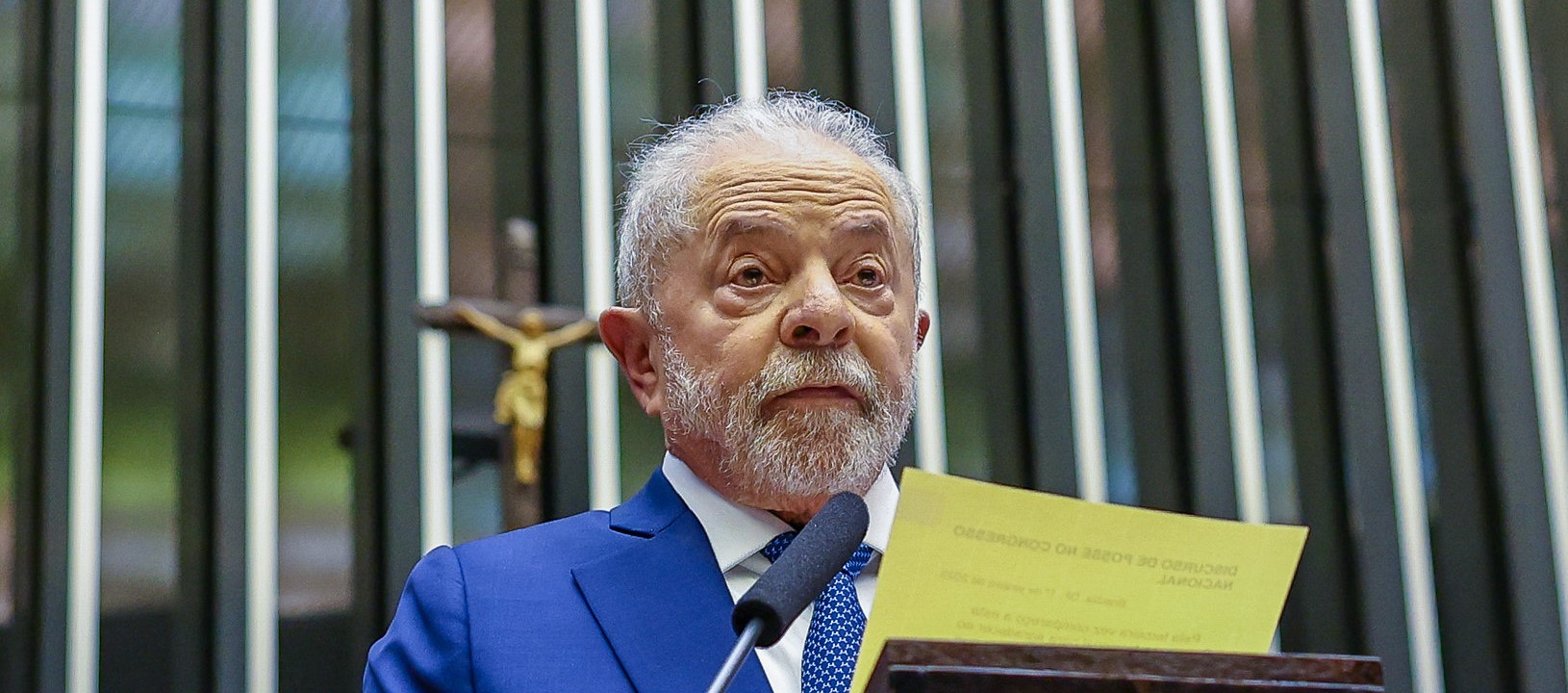Brazil’s Lula faces up to forest challenge
 Photo: Ricardo Stuckert
Photo: Ricardo Stuckert
President Luiz Inacio Lula da Silva of Brazil says tackling Amazonian deforestation, which rose dramatically under his predecessor Jair Bolsonaro, is a government priority.
Demonstrating his intent, he has revived the Amazon Fund, which he set up as a REDD+ mechanism during his previous term in office in 2009 to attract investment from business and governments to combat forest degradation. This is now worth $1.3 billion, primarily donated by Norway, but with Germany and oil business Petrobras also contributing.
During his earlier term, President Lula did make significant advances in his environmental strategy, with forest clearance declining by 80% between 2004 and 2012. He has also now set up a ‘anti-deforestation task force’. His aim, he says is ‘zero deforestation’.
While welcoming his reversal of Bolsonaro’s policy, which was effectively laissez faire on deforestation, allowing mining and agro-business to clear more land and ignoring indigenous communities’ rights, some commentators raise significant question marks over President Lula’s chances of success in stopping land clearance. Chiefly they point out that his government lacks the resources for the scale of the task.
France 24 reports that he came away from a meeting with President Biden in Washington with only a ‘vague promise of intent’ that the US would back the Amazon Fund. Brazil has also appealed to the EU, France, the UK and Spain to contribute, but so far without success.
“Activists say Lula’s government needs to fight all-out on multiple fronts: massively upscale ‘command and control’ operations; bust organized crime groups that profit from destroying the forest; invest big in the ‘green economy’; and resume creating new Indigenous reservations,” reports French media network France24. “But environmentalists say his cash-strapped government is in a bind. it needs more money to reduce deforestation, but needs to reduce deforestation to attract more money.”
The severity of his problems was highlighted by the fact that in February, President Lula’s second month in office, the level of Brazilian Amazon deforestation hit a new high.
Analysis of the situation by Eduardo Porter of Bloomberg in a Washington Post article in March says the President must ‘think like a capitalist’ to achieve his green ambitions. He must convince businesses and notably farmers that his policies serve their interests too.
“For Lula to save the Amazon over the next 10 years, he must offer a viable business plan to farmers who live off it,” writes Porter. “They need a profitable way to keep land out of production. Lula will not come anywhere near achieving his goals without their help.”
This, he maintains, is going to take a lot of money, with the Earth Innovation Institute (EII) in San Francisco stating that Amazon forested land is worth just $300 per hectare, but four times that if cleared for production.
There is significant environmentalist opposition to using offsetting to support forest maintenance. But Porter says ‘without market mechanisms to draw private capital into the effort, zero-deforestation will be impossible. “The effort must come with capital for farmers to make ending deforestation work for them,” he writes.
But on a positive note he points to a ‘path-breaking deal’ Guyana signed in December 2022 to sell $750 million of carbon credits to US oil firm Hess to fund the government’s Low Carbon Development Strategy, which supports a range of environmental initiatives. A similar programme in Brazil, says the EII could generate $13-$48 billion by 2030 to ‘reward those who forgo the right to clear forest’. This, says Porter, could also fund forest monitoring, law enforcement and bio-economy start-ups.
Greenpeace Brasil’s Cristiane Mazzetti also strikes a more upbeat tone. At least, she says, Brazil is ‘back to having a quote-unquote ‘normal’ government’.





